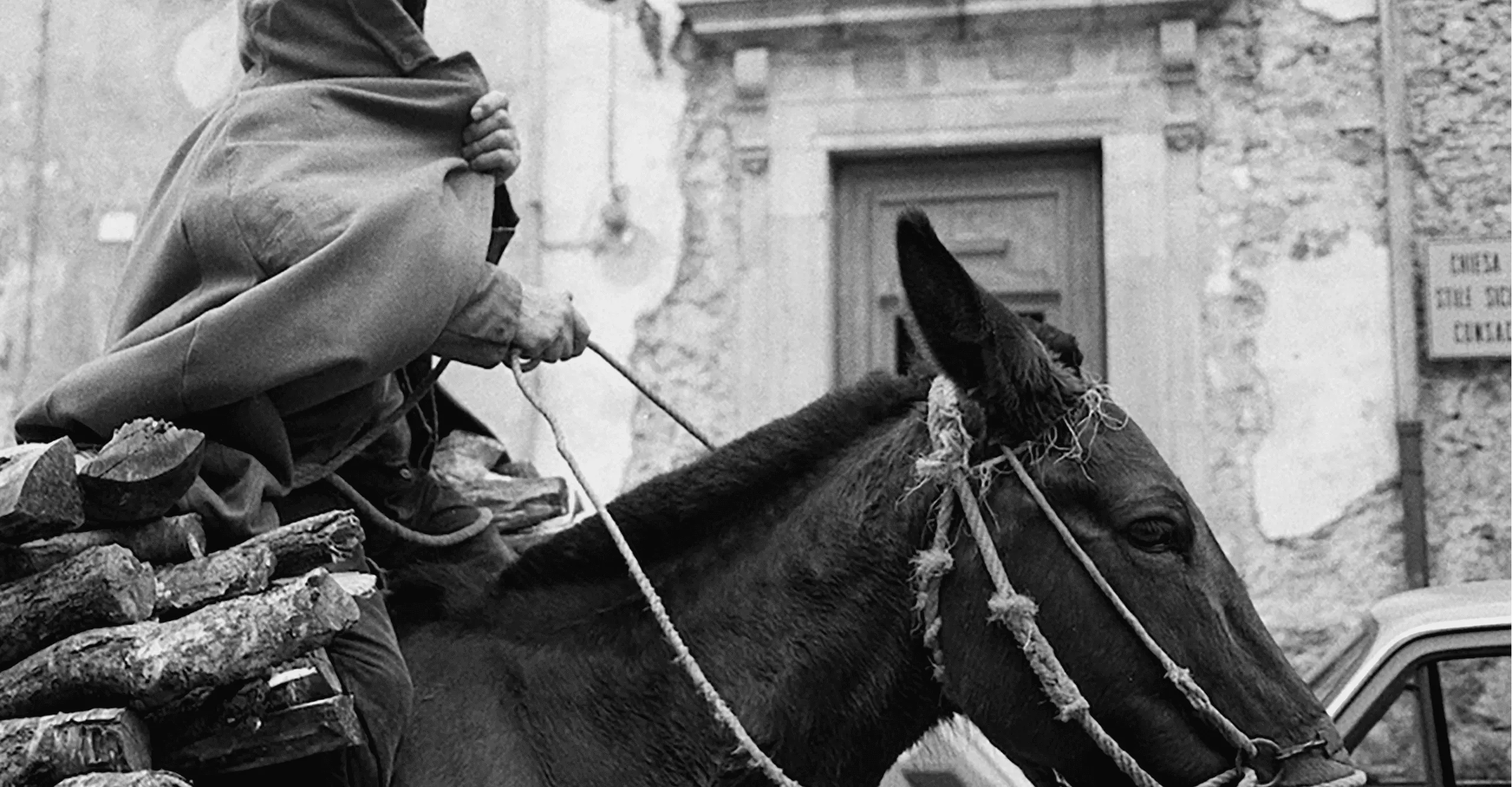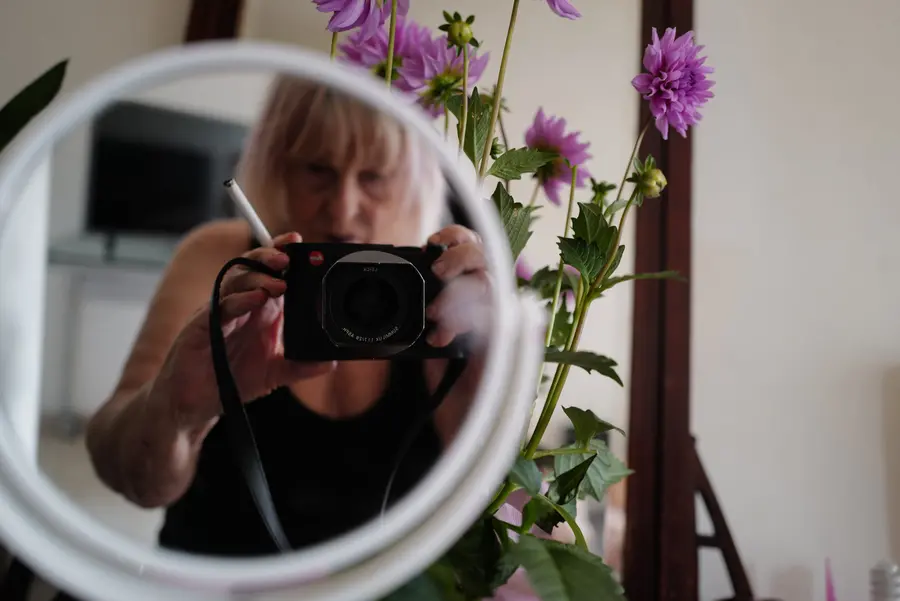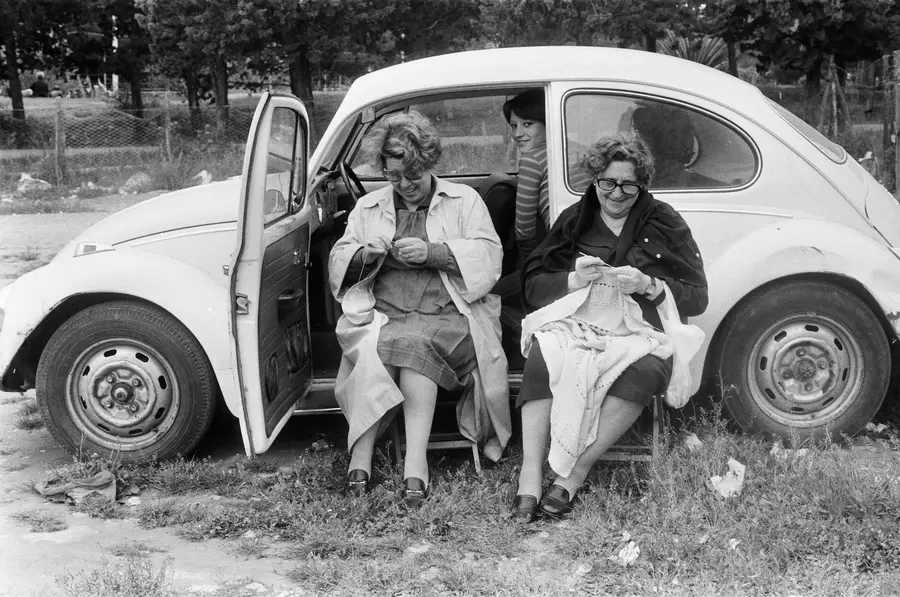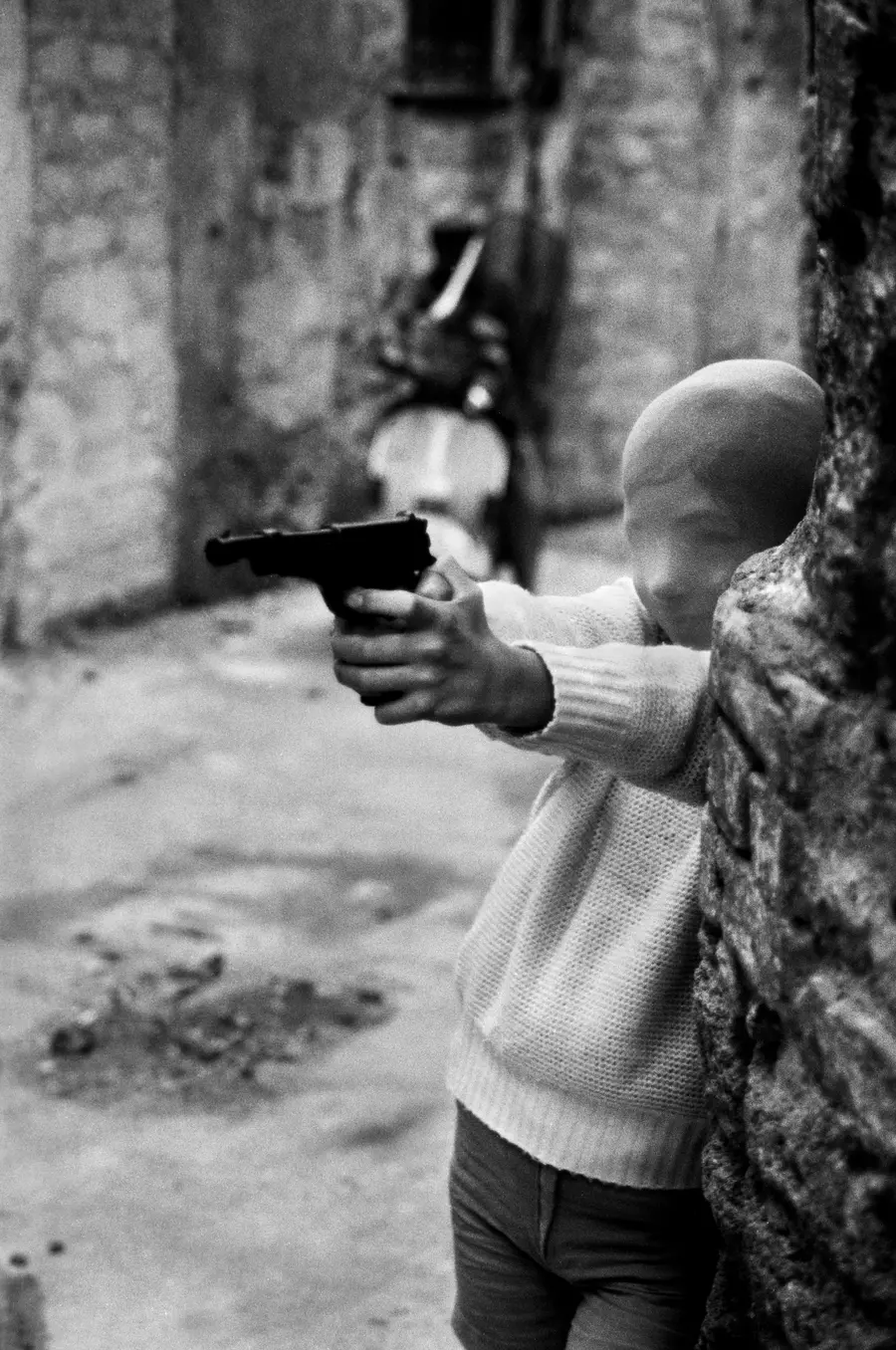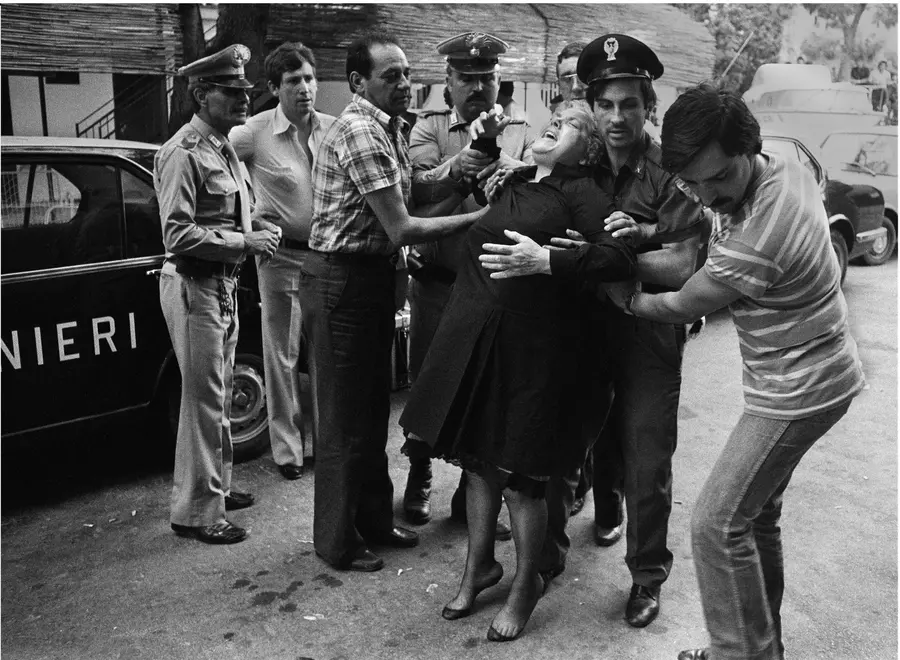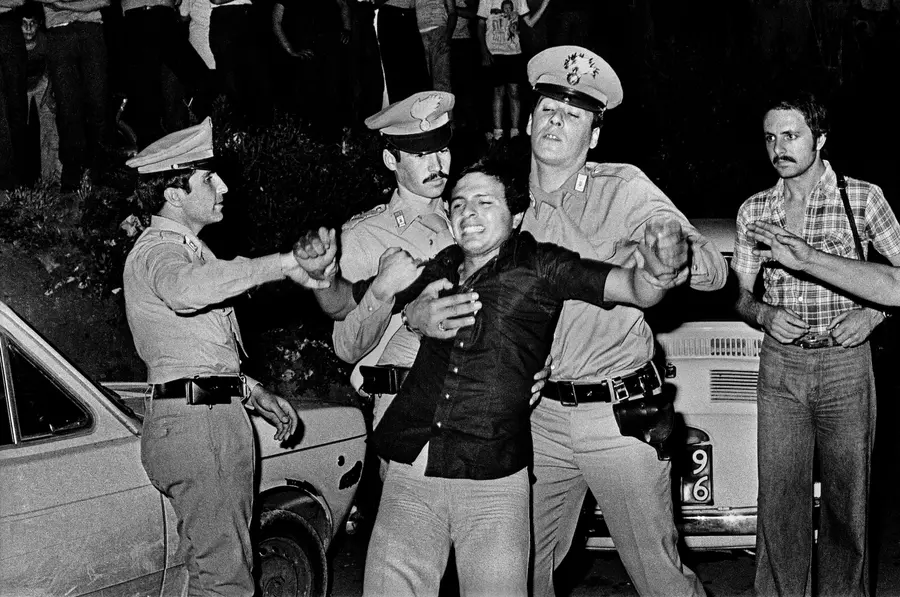Letizia Battaglia was a pioneering Italian photographer, renowned for her fearless documentation of the Mafia's reign of terror in Sicily. Born in Palermo, Sicily on 5 March 1935, she regularly moved around Italy in her childhood due to her father’s work. At 16 she ran away from her family home to get married and went on to have three daughters with her husband Franco.
Early life and education
Away from the family home in Sicily, Battaglia grew into herself, mixing with creative people, particularly from the avant-garde theatre world, building close relationships with people such as Italian writer and director Michele Perriera and photographer Santi Caleca.
“It took a long period for her to get rid of the "limitations" coming from her experience as a daughter and then, as a wife, in Sicily, between the 1950s and the 60s. She was a mother and a wife who felt the strong need to study, work and express herself, surrounded by stimulating people, but she felt that her desire was not understood in the context of where she lived,” say Marta and Matteo Sollima, grandchildren of Letizia Battaglia and responsible for the Archivio Battaglia.
“...She loved writing. After a short period as a journalist, she was asked to take pictures because - yes - images help illustrate articles, they empathise a concept, a story, giving a stronger and more direct message than words.”
Battaglia started working with Palermo’s daily paper L’Ora when they were short-staffed in the summer of 1969. She published her first photograph, a portrait of Enza Montoro, alongside her own written piece.
Her early foray into professional photography and journalism led her to move to Milan with her children in 1971. She continued to work as a photographer in Milan capturing the lively cultural scene around the Palazzina Liberty. She returned to Palermo in 1974 and rejoined L’Ora as head of the photographic department where her focus shifted to the urgent social issues that burdened the residents of Sicily. \
In 1977 Battaglia and her partner, actor Franco Zecchin, began to work closely together with Czech photographer Josef Koudelka in 1977, travelling to any known Mafia activity to capture what they could.
“Letizia and Franco Zecchin, took a lot from Josef. How you must “see” every single image, considering many elements, not only composition or technique, but narratives and contents. Josef taught Letizia how to read a photograph.” - Marta and Matteo Sollima
In 1979, the pair boldly exhibited their Mafia photo-reportage in the square of Corleone in Sicliy, the home of several major Mafia bosses. They later founded the cultural magazine Grandevù – Grandezze e bassezze della città di Palermo in 1986.
Battaglia became a crucial witness of the Mafia war, photographing one of the bloodiest chapters in the history of Sicily and Italy. She is celebrated for her unflinching bravery in facing threats from the Mafia, recording their brutal crimes with dedication. Despite the danger, she once said, "I wanted the bosses to look me in the eyes, even if it meant they would spit in my face" - a testament to her defiance.
With her photographs, she witnessed various murders of magistrates, policemen and carabinieri* members, reporters, businessmen and mafiosi. She took pictures of arrests, murder victims, funerals, demonstrations and protests. Alongside these hard-hitting, often violent, images, she captured everyday life - women and children living in poverty in the alleys, neighbourhoods and slums of Palermo, creating poetic images that highlighted their social conditions with empathy and poignancy. Battaglia’s passion for justice and her ability to turn trauma into a form of activism became central to her legacy.
In the 1980s Battaglia joined the Green Party and became a city councillor in Palermo. She campaigned against uncontrolled overdevelopment in the area, urging for reform and collective social change.
Battaglia continued to gain acclaim, and to this day, is widely known across Italy for her work documenting daily life for Sicilians in the shadow of the Mafia. Throughout her career, she produced over 600,000 photographs, earning her several prestigious awards and exhibited across Italy and internationally. Her work became essential for shining a light on the reality of the deep-rooted corruption and firm hold that the Mafia had on both public life and political structures.
In 1993, the Anti-Mob Investigation Office found a film negative dated 1978 in Battaglia’s archive, which showed politician Giulio Andreotti with the mafioso Nino Salvo. The snapshot was seized by prosecutors and became crucial evidence against the former seven- time Prime Minister of Italy, Andreotti.
After three major murders by the Mafia in 1993, Battaglia stopped photographing the Mafia and their crimes, saying, "I didn’t want to tell any more stories of blood". She continued to photograph daily life in Palermo and travelled extensively internationally.
In 2021 she founded the Archivio Letizia Battaglia with her grandchildren, Marta and Matteo. Her extraordinary life has been the subject of several films and documentaries. On 13 April 2022, Letizia Battaglia died in her home in Palermo.
—
* Carabinieri - a member of the Italian national police force, organised as a military unit and charged with maintaining public security and order as well as assisting local police. (source)
